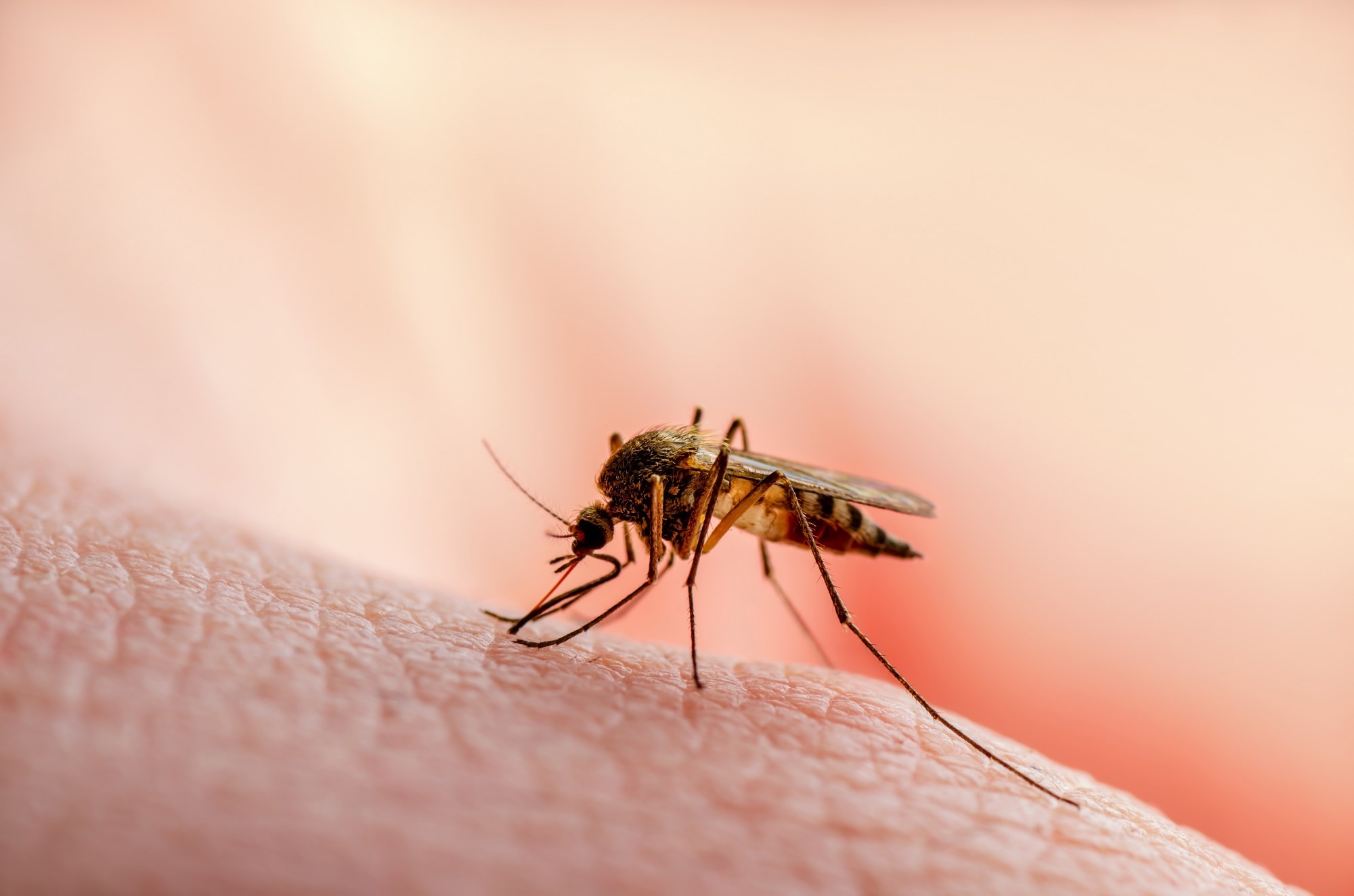
Penn State College of Medicine researchers confirmed exercise can lead to meaningful reductions in liver fat for patients with nonalcoholic fatty liver disease. While prior research hadn’t determined the required amount of exercise for clinically meaningful improvement, the College of Medicine found 150 minutes per week of brisk walking achieved significant reductions in liver fat.
Our findings can give physicians the confidence to prescribe exercise as a treatment for nonalcoholic fatty liver disease. Having a target amount of physical activity to aim for will be useful for health care and exercise professionals to develop personalized approaches as they help patients modify their lifestyles and become more physically active.”
Dr. Jonathan Stine, associate professor of medicine and public health sciences, and hepatologist at Penn State Health Milton S. Hershey Medical Center
Nonalcoholic fatty liver disease (NAFLD) affects close to 30% of the global population and over time, can lead to cirrhosis, also known as liver scarring, and cancer. There are no approved drug treatments or an effective cure for this common condition, however, research has shown that exercise can improve liver fat, physical fitness, body composition and quality of life for patients.
“Exercise is a lifestyle modification, so the fact that it might match the ability of in-development therapeutics to achieve the same outcome is significant,” said Stine, a Penn State Cancer Institute researcher. “Clinicians counseling patients with nonalcoholic fatty liver disease should recommend this amount of activity to their patients. Brisk walking or light cycling for a half an hour a day five times a week is just one example of a program that would meet these criteria.”
The results were published in the American Journal of Gastroenterology.
Kara DiJoseph and Rohit Loomba of the University of California San Diego; Zach Pattison, Alex Harrington, Kathryn Schmitz and Vernon Chinchilli of Penn State College of Medicine also contributed to this research. Penn State researchers have no conflicts of interest to disclose.
This research was supported by the National Institute of Diabetes and Digestive and Kidney Diseases of the National Institutes of Health (Award Number K23DK131290). The content is solely the responsibility of the authors and does not necessarily represent the official views of the National Institutes of Health.
Source:
Penn State Health Milton S. Hershey Medical Center














